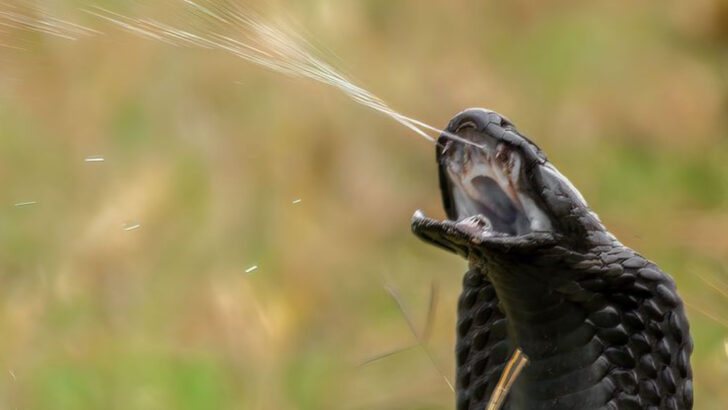In the wild, snakes have evolved extraordinary self-defense mechanisms to survive.
These tactics are not only effective but also uniquely bizarre, showcasing the remarkable adaptability of these creatures.
From playing dead to deploying noxious smells, snakes employ a range of strategies to deter predators and ensure their survival.
This blog post delves into ten of the most unbelievable and peculiar self-defense tactics that snakes use, highlighting the diverse ways in which these reptiles protect themselves in their natural habitats.
Hognose Snake’s Dramatic Death Act
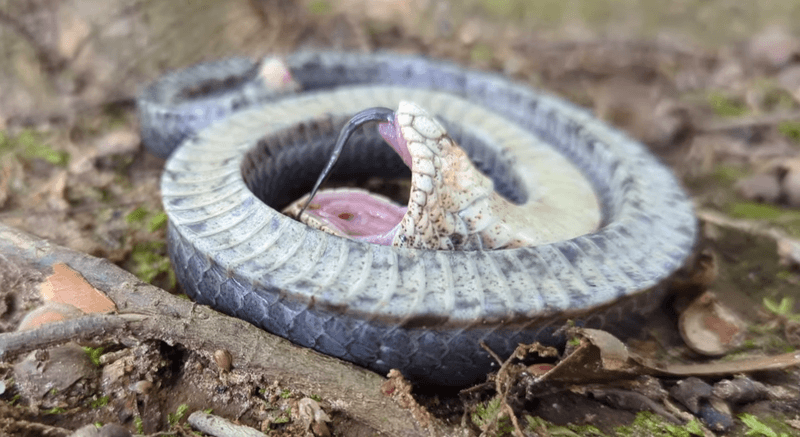
Hognose snakes are Oscar-worthy performers in the snake world. When threatened, they resort to an elaborate act of playing dead.
These snakes flip onto their backs, open their mouths, and let their tongues hang out, convincingly portraying death. Their acting skills often leave predators fooled and uninterested.
What’s more, if flipped back over, these persistent thespians will roll over again to maintain the charade. This unique behavior not only deters threats but also demonstrates the hognose snake’s incredible adaptability in nature’s theater.
Cobra’s Hooded Display
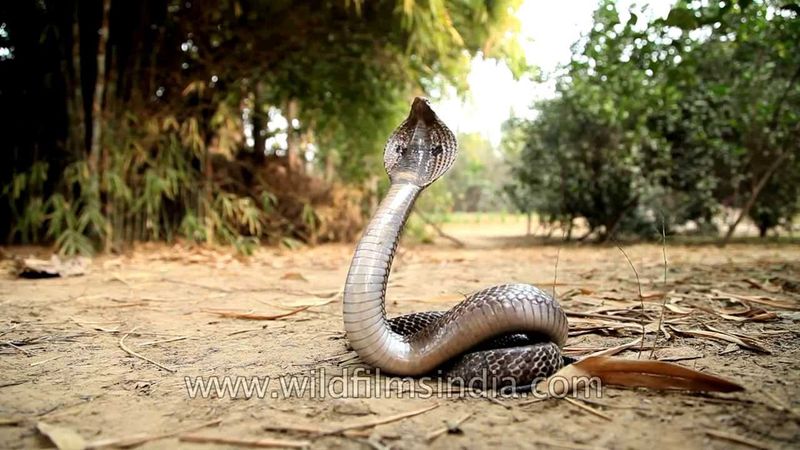
The cobra’s infamous hood is both a warning and a spectacle. When feeling threatened, the cobra dramatically expands its neck ribs to form an impressive hood.
This display not only makes the snake appear larger but also serves as an intimidating warning to potential threats. Coupled with a signature hiss, the cobra’s hooded performance is a classic example of natural drama.
This tactic is not just for show; it plays a crucial role in the snake’s survival by deterring would-be predators through sheer intimidation.
Rattlesnake’s Warning Rattle

The rattlesnake’s distinctive rattle is nature’s version of an alarm system. When disturbed, it vibrates its tail, producing a characteristic rattling sound that serves as a stark warning.
This noise effectively signals danger to both animals and humans, encouraging them to steer clear. An intriguing aspect of this mechanism is how the snake regulates its rattle speed, depending on the level of threat perceived.
The rattlesnake’s rattle is a perfect blend of sound and strategy, ensuring its place as one of nature’s most effective deterrents.
Spitting Cobra’s Venomous Spray
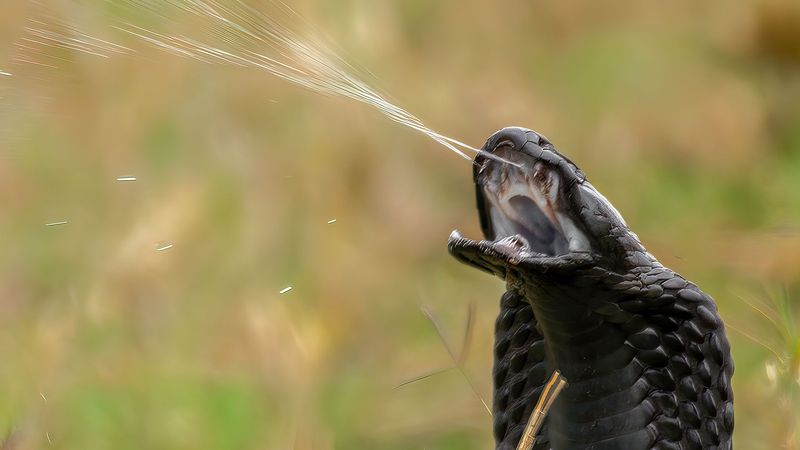
With an ability to spray venom several feet, the spitting cobra is both feared and fascinating. This snake accurately aims for the eyes of its aggressors, temporarily blinding them and deterring further advances.
The venom is not just harmful, but its delivery is a marvel of precision and timing. Interestingly, this tactic doesn’t require the snake to bite, allowing it to maintain a safe distance while defending itself.
The spitting cobra’s defensive spray exemplifies the intricate balance between power and protection in the animal kingdom.
Boomslang’s Cryptic Color Change

The boomslang, with its cryptic coloration, is a master of disguise. This snake can subtly alter its hue to blend seamlessly with its surroundings, often lush greenery.
This camouflage not only hides it from predators but also aids in hunting unsuspecting prey. The boomslang’s ability to change color, although not as rapid as a chameleon’s, is nonetheless effective in its environment.
This tactic highlights the snake’s adaptability and survival instincts, allowing it to navigate the dangers of the wild with ease and stealth.
King Snake’s Mimicry of Venomous Snakes
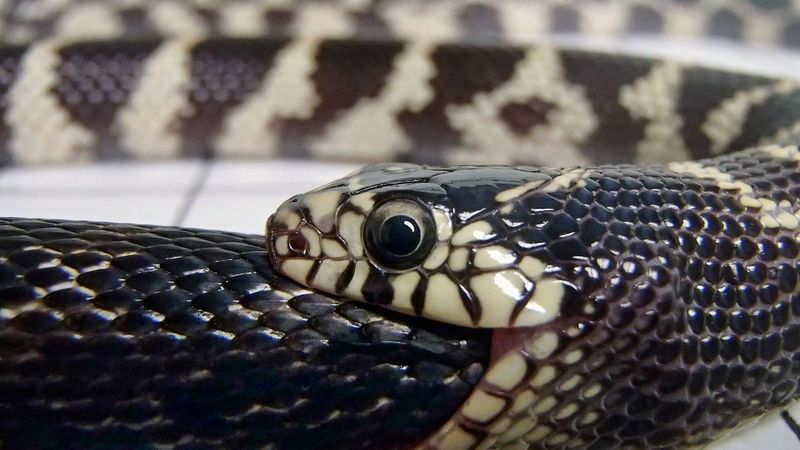
King snakes are non-venomous, yet they leverage mimicry as a brilliant defense tactic. They bear striking color similarities to venomous coral snakes, with bands of red, black, and yellow.
This resemblance often confuses predators, who mistake them for their dangerous counterparts. This form of Batesian mimicry is an ingenious survival strategy, deterring threats through imitation rather than aggression.
By borrowing the warning signs of more dangerous species, king snakes ensure their safety in environments where appearances can be crucial for survival.
Eastern Hognose Snake’s Intimidating Hiss

Known for its exaggerated bluff, the eastern hognose snake employs a fierce hiss as part of its defense repertoire.
When threatened, it puffs up its body and emits a loud, intimidating hiss, mimicking more dangerous snakes. This act is often accompanied by head flattening and mock strikes, all designed to scare off predators without a physical confrontation.
The eastern hognose’s theatrical display is a testament to the power of perception in the wild, where sometimes being loud and brash can be key to survival.
Sea Snake’s Toxic Skin

Unlike other snakes, sea snakes possess a unique defense mechanism through their skin. The skin secretes toxins that are incredibly harmful if ingested, deterring predators who might consider them a meal.
This defense strategy is unique in the snake world, as it provides constant protection without any aggressive display. The sea snake’s vibrant stripes serve as a warning, signaling its toxic nature.
This passive but potent defense highlights the diverse strategies snakes have evolved to avoid predation, ensuring their survival in varied habitats.
Milk Snake’s False Head Movement
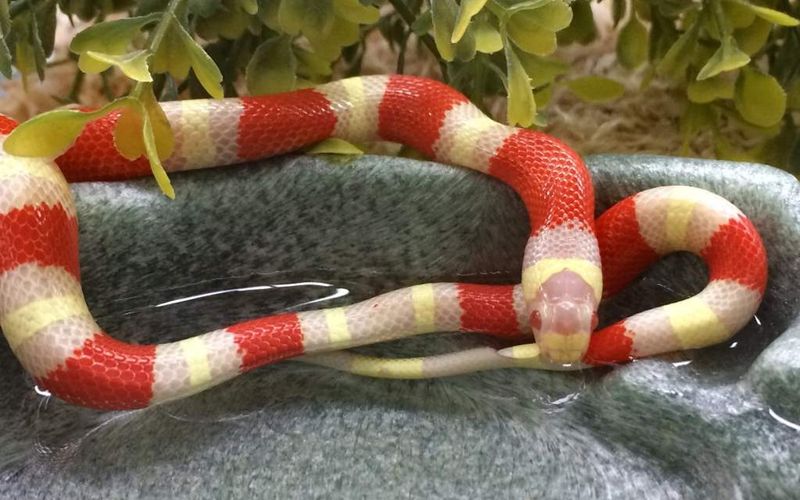
Milk snakes have mastered the art of deception with their false head movement. When threatened, they curl their tails to mimic a second head, confusing predators.
This illusion buys them precious time to escape the threat. The milk snake’s ability to create such a convincing decoy showcases its clever survival tactics.
By diverting attention, it reduces the risk of a direct attack. This fascinating behavior underlines the milk snake’s strategic use of illusion as a key component in its self-defense arsenal.
Garter snake’s Smelling Musk
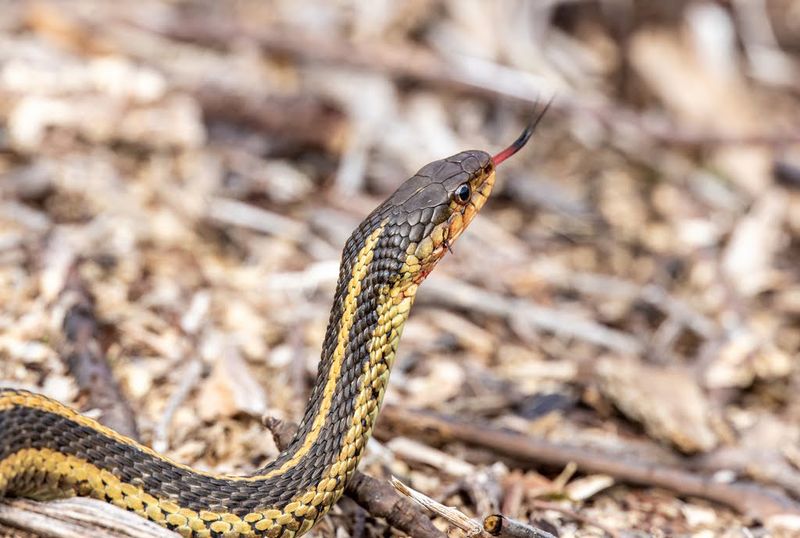
One of the most surprising snake self-defense tactics comes from the common garter snake—and it’s seriously smelly. When threatened, the garter snake (Thamnophis sirtalis) doesn’t rely on fangs or venom.
Instead, it releases a foul-smelling musk from glands near its tail. This pungent liquid, often mixed with feces, is smeared onto predators—or unlucky humans who try to handle it. The stench is strong enough to make most attackers think twice.
While it may not be glamorous, this bizarre tactic is surprisingly effective, proving that in nature, sometimes the best defense is just plain gross.

